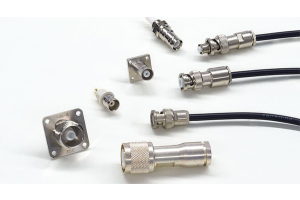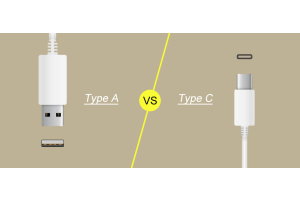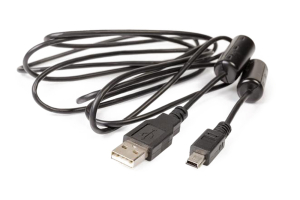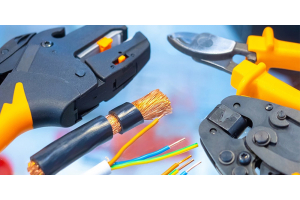Indispensable Connectors for Energy Storage Systems

Battery energy storage systems have revolutionized the way we store and utilize electrical energy. Battery technology has become a key player in the global energy landscape as the demand for reliable energy storage solutions continues to grow.
The rise of renewable energy sources, such as solar and wind, presents opportunities but also challenges for the global power grid. Since these energy sources are intermittent, storing excess energy during peak generation periods is critical to meet demand during low generation periods. Therefore, Battery Energy Storage Systems (BESS) have emerged as an effective solution to bridge this energy gap. These systems not only stabilize the grid but also improve the overall efficiency of the grid.


An energy storage connector, in the context of energy storage systems, refers to the component or device used to connect and interface various components of the energy storage system, such as batteries, inverters, and other electrical equipment. These connectors play a crucial role in ensuring the safe and reliable operation of the energy storage system. They allow for the transfer of electrical energy between different parts of the system and, in some cases, enable data communication for monitoring and control.
Energy storage connectors are designed to handle the specific electrical characteristics of the system, including voltage, current, and frequency. They are typically designed to be durable and reliable, as they must withstand the electrical and environmental conditions they are exposed to within an energy storage system.
The key component of these systems is the battery connector, which ensures efficient power transfer and reliable connections.
These connectors are key components that facilitate the transfer of electrical energy between the battery and the application. They must be designed to handle high currents, minimize power loss and provide a safe and reliable connection. Battery connectors come in a variety of shapes and sizes to suit different types of batteries and applications.


Renewable Energy Depends on Energy Storage
The energy transition requires access to support in many areas of smart energy grids and sector coupling. Starting with energy production and continuing through to storage and supply. There is a need for application-specific products in the areas of connectivity, electronics, automation and condition monitoring to ensure the right solution for any demanding project. Renewable energy is a future-proof technology, but this energy must be stored to be optimally utilized.
As renewable energy is used, it becomes increasingly important to store it so that it can be called upon when needed. For this reason, ESS (Energy Storage Systems) have emerged, which in turn consist of individual battery packs. Battery connectors are essential for interconnecting these battery packs.
Battery connectors are a key part of the link between energy storage systems and energy harvesting technologies.
Whether it is a small storage system for domestic use or a large battery container, battery connectors cover a wide range of applications. The smaller sizes are available in current capacities of 100 and 120Amp, the medium sizes are available in current capacities of 150 and 200Amp. Other options should be capable of current capacities up to 350Amp. These connectors are designed to manage voltages up to 1500 Vdc.
Characteristics of High-quality Battery Connectors
The conductors used for cabling are available in cross-sections from 16 mm² to 50 mm². We also offer conductors with a cross-section of 70 mm² and 95 mm².
In the mating section, there is a busbar that allows the conductor to be easily connected to the device via cable lugs.
Battery connectors should offer several key advantages for BESS applications:
- High current-carrying capacity: The connector should be designed to handle high currents for efficient energy transfer and reduced power loss.
- Rugged design: The connector should be designed to withstand harsh environmental conditions, ensuring its reliability and longevity in demanding applications.
- Easy and safe to operate: The connector should be easy to use and have a mechanism to prevent accidental disconnection, making maintenance and operation safer.
- Contacts should be made of silver-plated copper alloy and certified according to UL 4128 to guarantee optimal electrical contact under more than 100 mechanical connecting and disconnecting operations (no load).
Conclusion
In conclusion, energy storage connectors are integral components within energy storage systems, facilitating the efficient and safe operation of these vital technologies. They play a pivotal role in linking batteries, inverters, monitoring systems, and the electrical grid, enabling the reliable storage and distribution of electrical energy.
As energy storage technologies continue to evolve and gain prominence in our quest for sustainable energy solutions, the development and standardization of connectors will remain crucial to ensuring seamless integration and optimal performance. These connectors represent the vital links that help store, harness, and distribute clean and renewable energy, ushering in a more sustainable and resilient energy future for us all.








